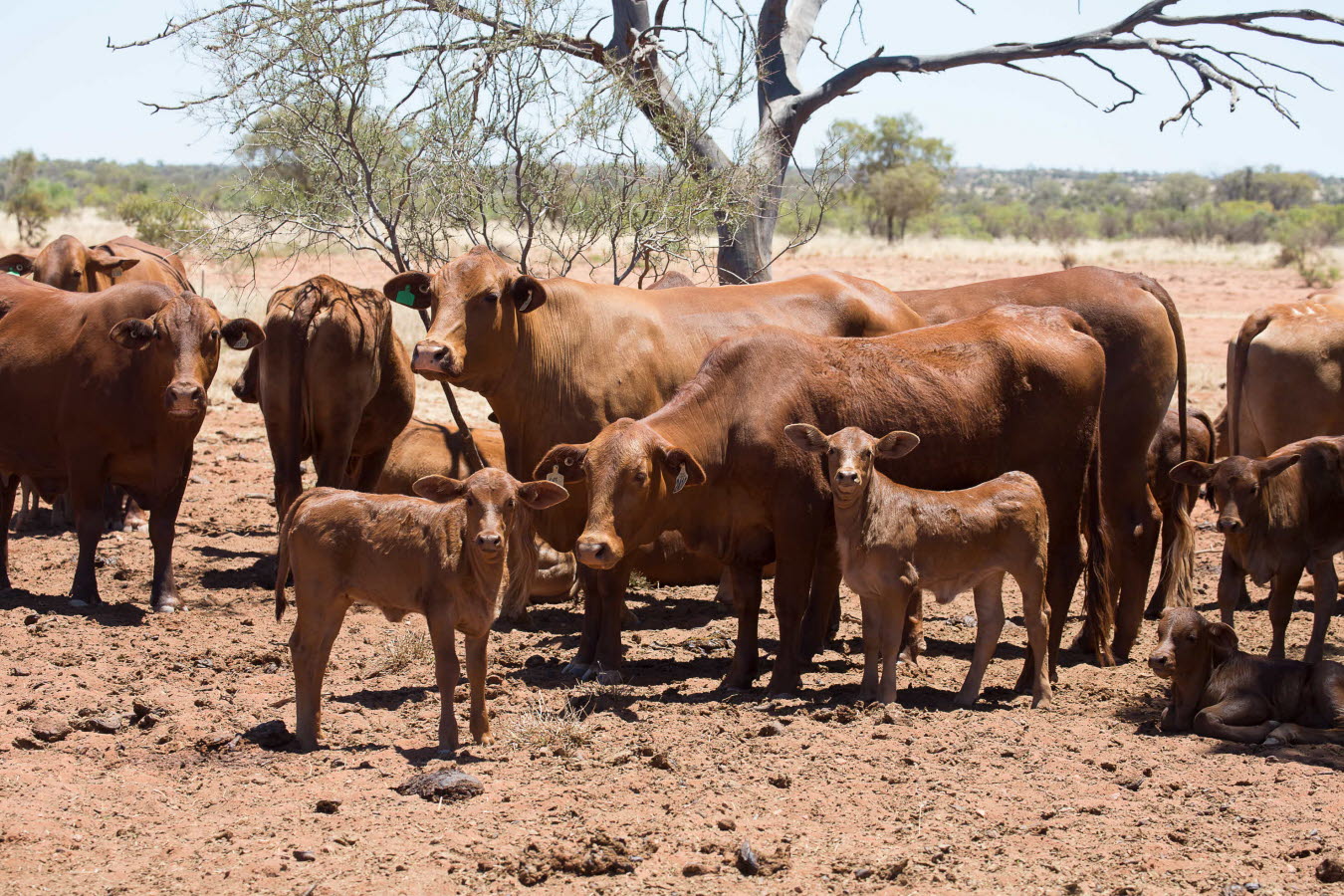Cattle vaccines in Australia

Maintaining a healthy herd of cattle is of primary importance for all cattle producers. And, as with all animals, vaccination against some of the more serious and common diseases should be part of all farmers’ management plans.
There are a number of serious diseases to be mindful of and many of them can be prevented through vaccination. Producers can speak to their veterinarian or cattle specialist about the vaccines suitable for the livestock in their location.
Here are some of the most common vaccines used for cattle, according to Dr Sarah Robson, Regional Animal Health Leader, Animal & Plant Biosecurity, Wagga Wagga, NSW Department of Primary Industries:
Clostridial vaccines
Clostridial diseases are caused by bacteria of the genus Clostridium. Clostridia are widespread in the environment and are normally found in soil and faeces. They form highly resistant spores that can survive in the environment for very long periods. They are also present in the gastrointestinal tract of healthy animals and as spores in their tissues. Not all species of clostridia cause disease, but those that do are usually fatal.
Beef cattle are usually vaccinated for five common clostridial diseases (tetanus, malignant oedema, enterotoxaemia, black disease and blackleg) with a ‘5-in-1’ vaccine. A separate vaccine is available for protection against botulism if required.
Leptospirosis
Leptospirosis is a bacterial infection. In NSW cattle it is caused by Leptospira hardjo and Leptospira pomona. These serovars of Leptospira survive in cool, moist conditions, so this disease is common in cooler areas where there is surface moisture. Leptospirosis also exists in tropical dairying areas.
Leptospirosis in the beef cattle herd may present as:
- infertility or increased returns to service
- abortions
- fever, jaundice and ‘red water’ in young calves
Vibriosis
Vibriosis is a venereal disease of cattle caused by the bacterium Campylobacter fetus venerealis. The first indication of vibriosis in a herd are cows returning to service and low conception rates (as low as 40 to 50 per cent). Abortions may occur around mid-pregnancy.
Affected bulls do not show any signs of disease but carry the disease and spread it to females. Vaccination of bulls is a simple and effective means of prevention.
Pestivirus
Reproductive losses as a result of pestivirus infection include return to service, abortion, stillbirths, birth of live calves with severe birth defects, and the birth of ill-thrifty, persistently infected carrier animals that often die before two years of age.
In the adult animal, infection with the virus is rarely noticed. It is only when pregnant females are exposed to the virus for the first time that reproductive loss occurs. To prevent disease, females should be exposed to the virus before joining, to allow them to develop immunity. Before the development of a vaccine this was done by identifying persistently infected carrier animals and running them with heifers before joining. With the development of a vaccine there is now a reliable way to provide immunity to the herd.
Neonatal scours
Escherichia coli (E. coli) and salmonella are bacteria that may cause serious diarrhoea in young calves, especially dairy calves. Disease is associated with close contact between animals and poor feeding or watering hygiene. Vaccines are available for E.coli and salmonella but their use is case specific: they are not recommended for general use.
Bovine ephemeral fever
Bovine ephemeral fever is a viral disease that is spread by insects. The disease occurs only when the virus-transmitting insects are present. The virus causes a debilitating fever. Affected cattle stop eating, are weak, and may exhibit joint swelling and lameness. Severely affected animals may go down and remain down for many weeks.
Bulls and heavy females tend to be the most severely affected. A live vaccine is available. The vaccine is obtained on a veterinary prescription and provides 12 months’ protection. Cattle can be vaccinated from 6 months of age. Two doses four weeks apart are required initially, then annual boosters.
Anthrax
Anthrax is a notifiable disease under the Stock Diseases Act. Thanks to the use of a highly effective vaccine, the incidence of anthrax is declining. The greatest risk period is summer.
When anthrax occurs on a property, the property is quarantined and all animals at risk of disease must be vaccinated. Carcasses are burnt and decontamination is carried out. Vaccination is recommended for at least three years following a case of anthrax. Many producers elect to continue annual vaccination. Neighbours to properties where anthrax has occurred are encouraged to vaccinate their cattle and sheep.
If a case of anthrax has occurred on a travelling stock route, animals to be moved along that stock route must be vaccinated before entry.
Tick fever
Tick fever is a notifiable disease in some states. It is transmitted by cattle ticks and therefore is endemic or common in areas where cattle ticks regularly occur. These areas are the coastal areas of Queensland and the wet tropics of the Northern Territory and Western Australia.
It is recommended that cattle sold or moved into cattle tick areas be vaccinated before sale or movement.
